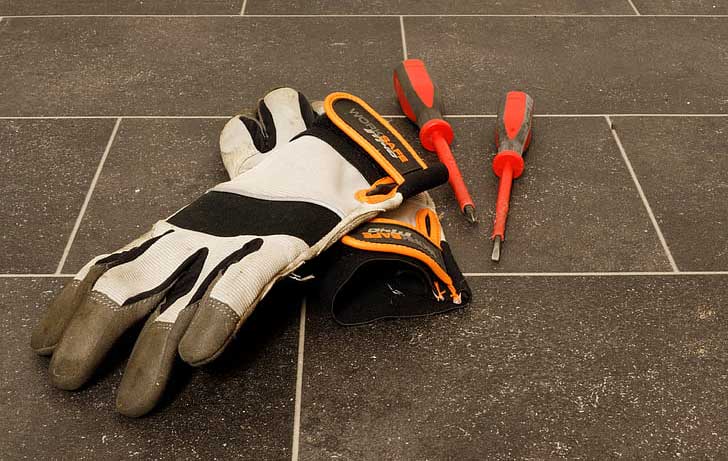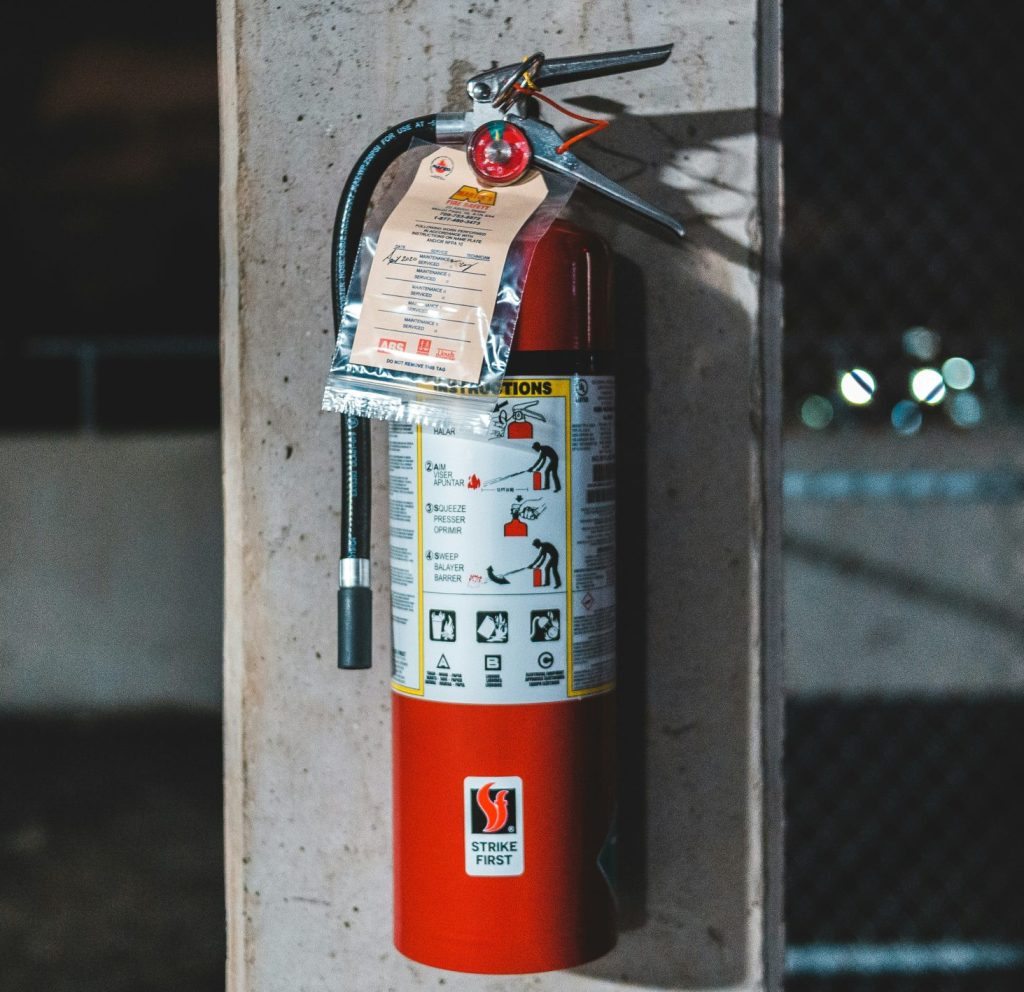Animal Handler Medical Surveillance Program
Health risks when working with animals include:
- Allergies
- Zoonosis
- Other risks
All personnel must be enrolled in the Animal Handler Medical Surveillance Program if they will have contact with:
- Animals
- Non-fixed or non-sterilized animal tissues, fluids, or wastes
- Non-sanitized animal caging or enclosures
- Animal equipment, devices, or facilities, for repairs or maintenance
Standard Operating Procedures, Guidelines, and Manuals
Enrolling into the Animal Handler Medical Surveillance Program
- Review the web section Animals > Physical Hazards
- Departments with personnel that meet the requirements of the program:
- And are part of the eRAM system will be notified by the eRAM system to complete the Medical Surveillance Questionnaire
- And are not using the eRAM system, are to contact EHS, EHS-MedicalSurveillance@umich.edu, to enroll and complete the Medical Surveillance Questionnaire
Update Medical Surveillance Questionnaire
Personnel identified as working with research animals will receive an annual reminder regarding the medical surveillance program. You must submit a new Medical Surveillance Questionnaire when there is a change in:
- Personal medical condition
- Personal work tasks
- Species handled
- Annually if working with high risk conditions as identified by EHS
EHS’s Role
EHS is the liaison between personnel having contact with animals and the Occupational Health Services (OHS) clinical staff. EHS:
- Monitors health risks
- Records the receipt of the Medical Surveillance Questionnaire
- Facilitates appointments between personnel and OHS clinicians to discuss concerns regarding, but not limited to:
- Allergy symptom review
- Hearing protection
- Immunization review
- Respiratory protection
- TB clearance
For More Information
Contact:
- Animal Research Safety at EHS-AnimalSafety@umich.edu
- Medical Surveillance Coordinator at EHS-MedicalSurveillance@umich.edu





